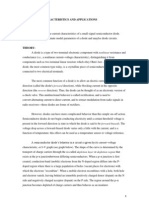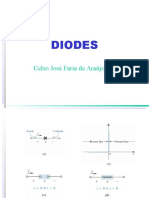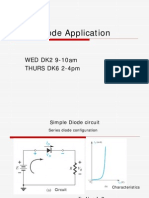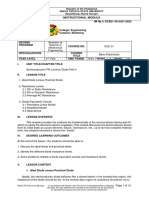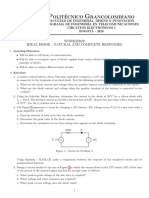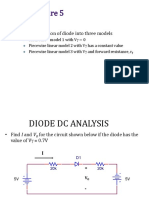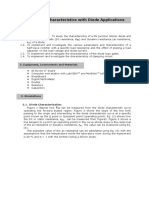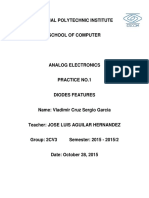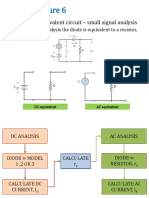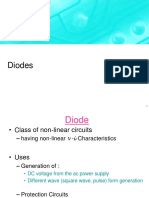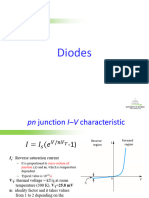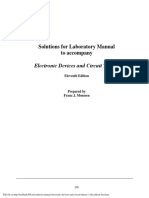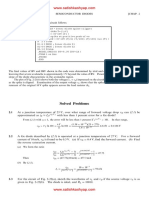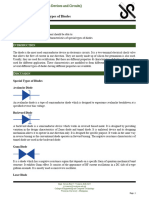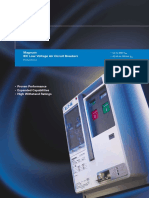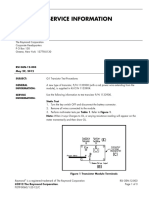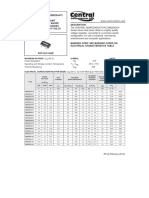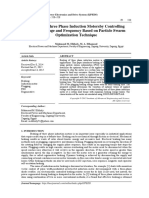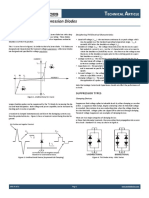100% found this document useful (1 vote)
89 views12 pagesElectronics Module 3
This document discusses diode equivalent circuits. It begins by stating the learning outcomes, which are to discuss semiconductor diode principles and analyze diode circuits. It then provides an introduction to diodes, describing their basic construction and use in rectification. The document discusses key diode parameters that are provided in datasheets. It presents the Shockley diode equation and provides examples of using it to calculate current and temperature. Finally, it discusses ideal and real diode models and provides an example circuit analysis problem.
Uploaded by
T ENGACopyright
© © All Rights Reserved
We take content rights seriously. If you suspect this is your content, claim it here.
Available Formats
Download as DOCX, PDF, TXT or read online on Scribd
100% found this document useful (1 vote)
89 views12 pagesElectronics Module 3
This document discusses diode equivalent circuits. It begins by stating the learning outcomes, which are to discuss semiconductor diode principles and analyze diode circuits. It then provides an introduction to diodes, describing their basic construction and use in rectification. The document discusses key diode parameters that are provided in datasheets. It presents the Shockley diode equation and provides examples of using it to calculate current and temperature. Finally, it discusses ideal and real diode models and provides an example circuit analysis problem.
Uploaded by
T ENGACopyright
© © All Rights Reserved
We take content rights seriously. If you suspect this is your content, claim it here.
Available Formats
Download as DOCX, PDF, TXT or read online on Scribd
/ 12





